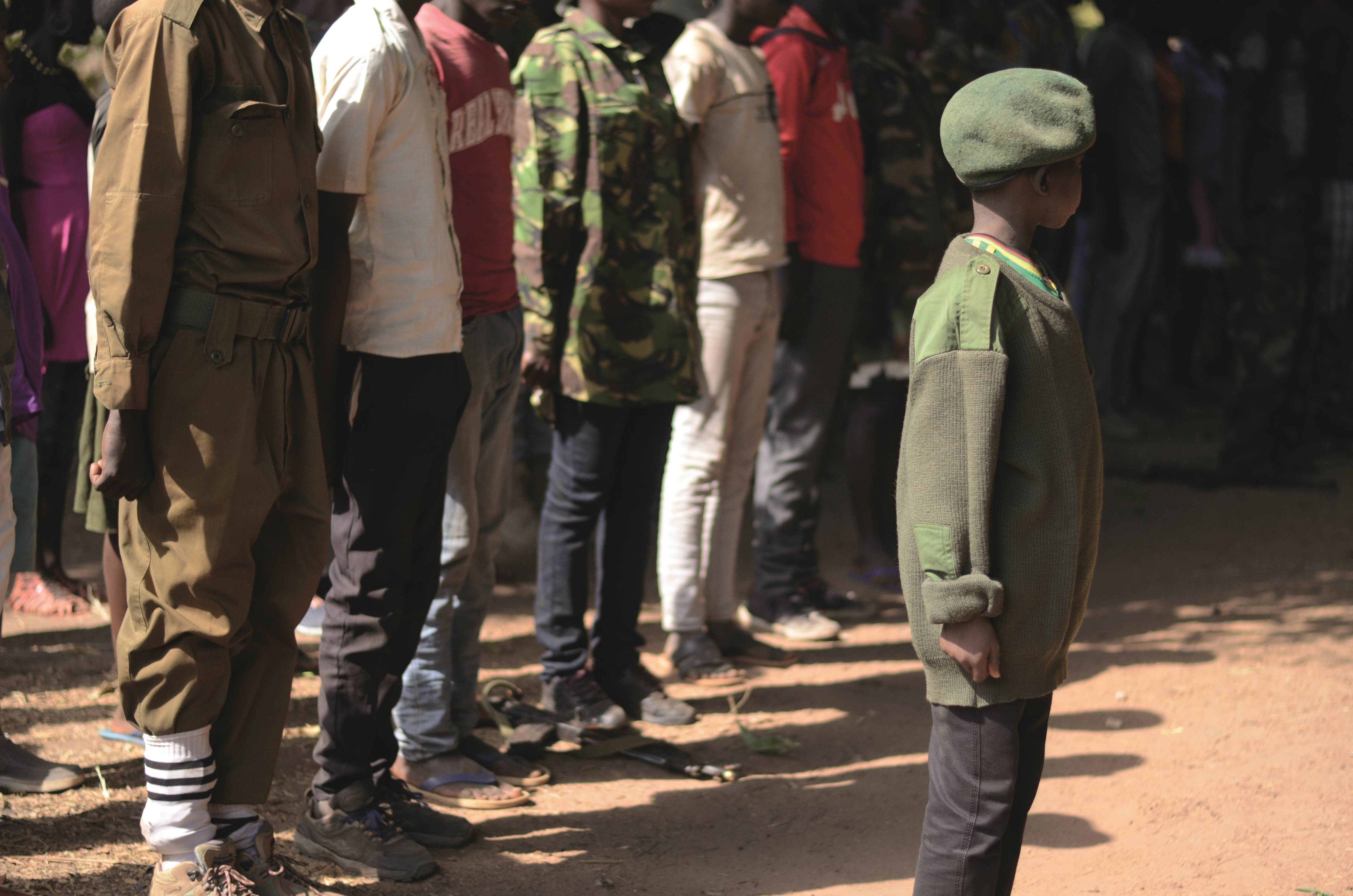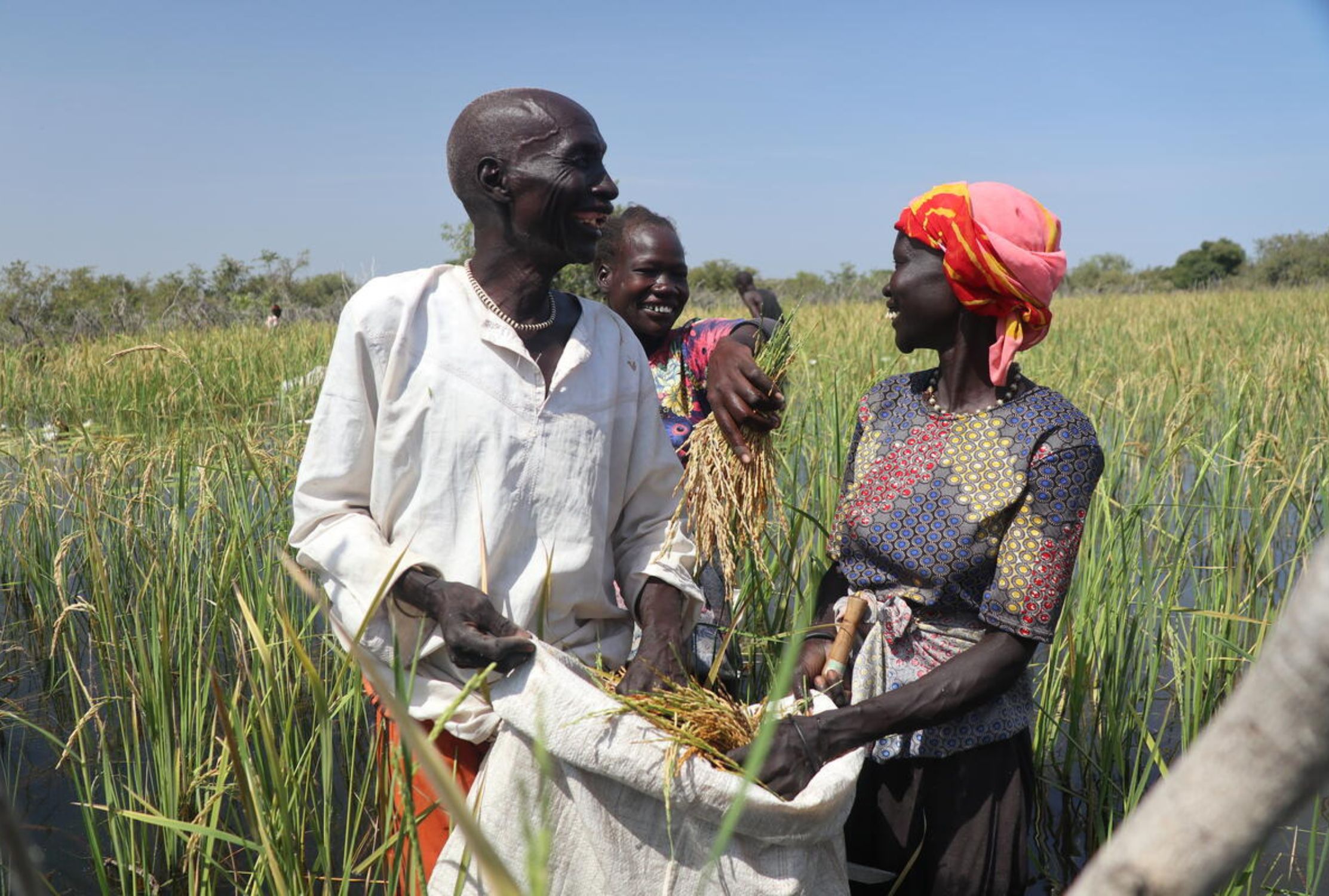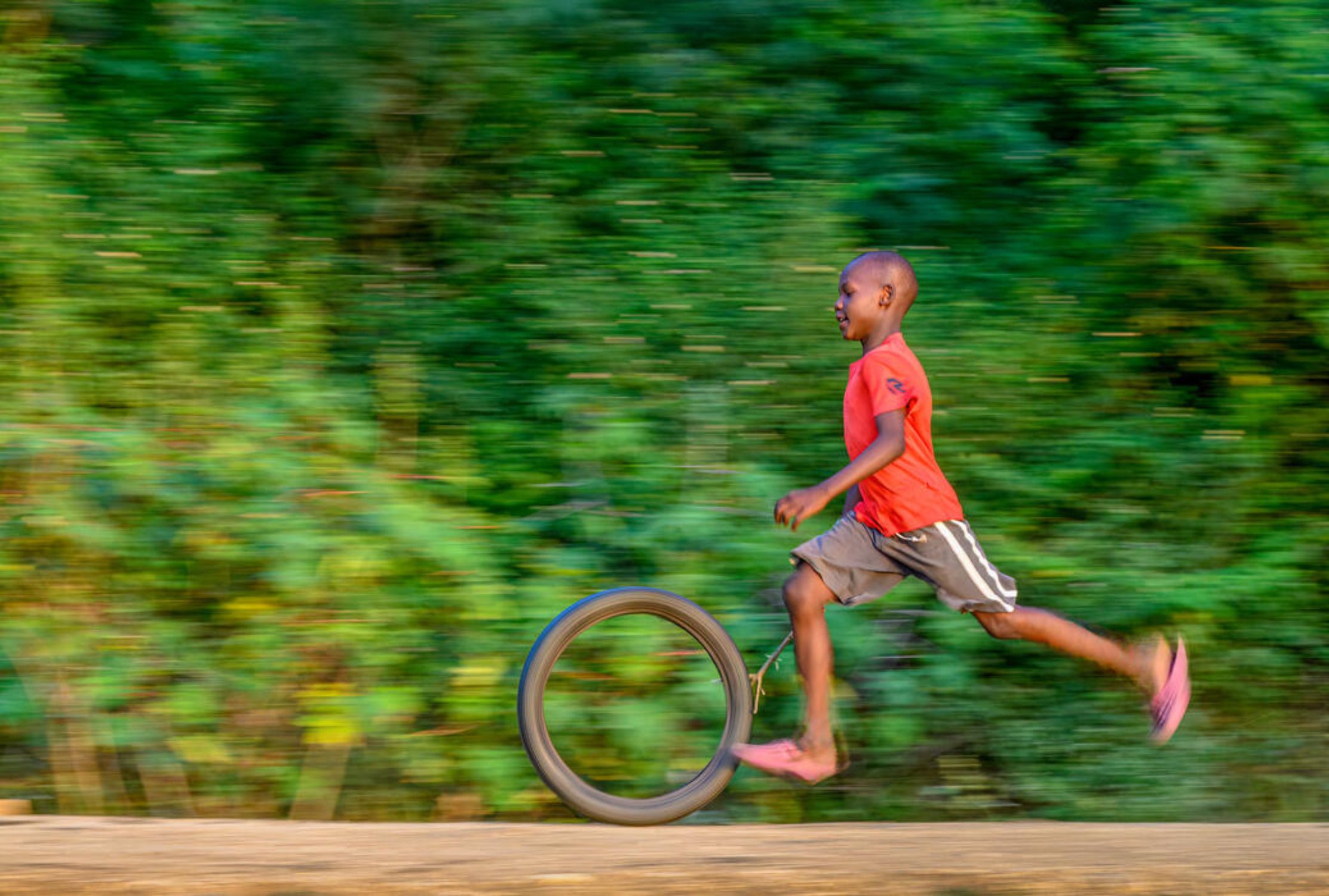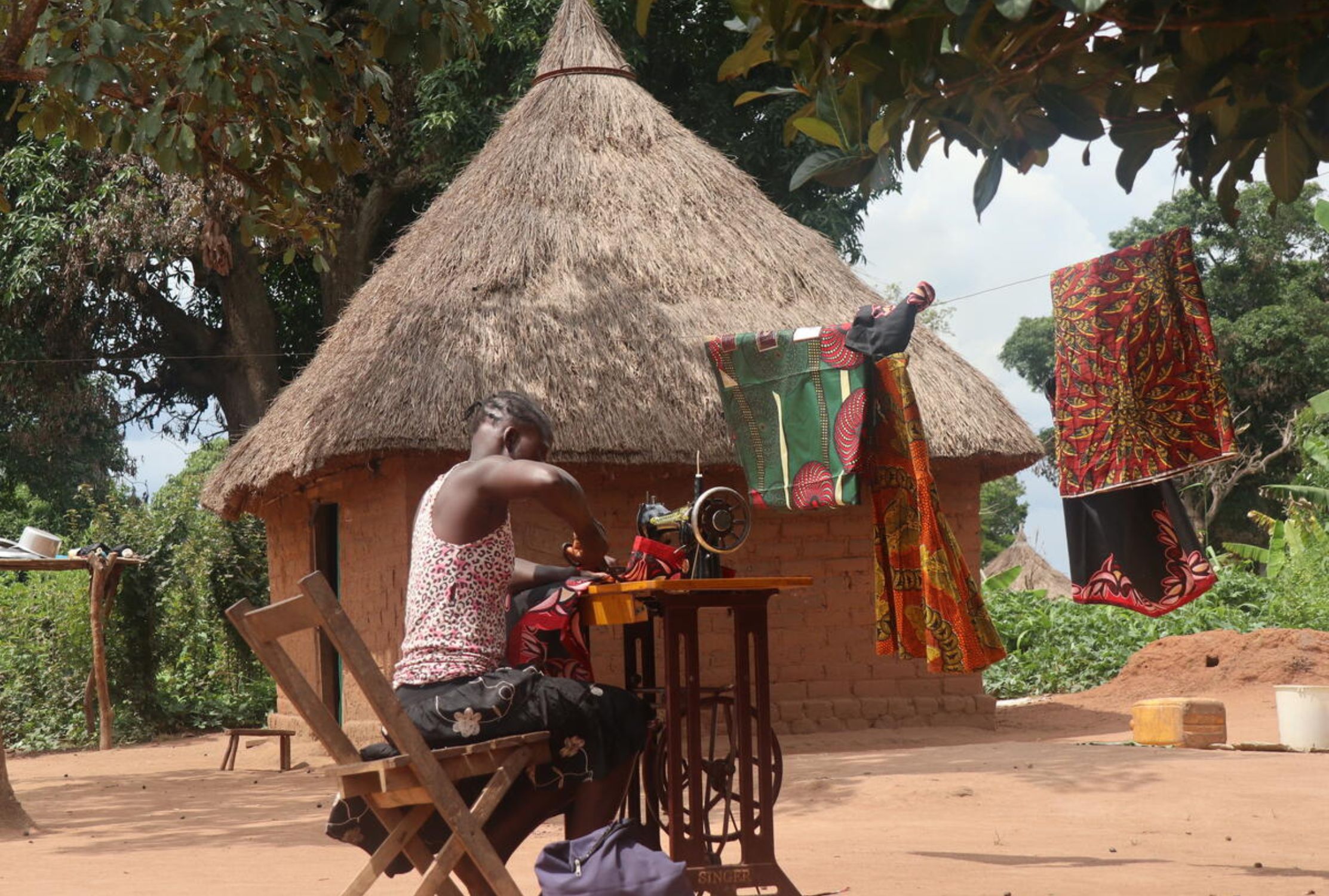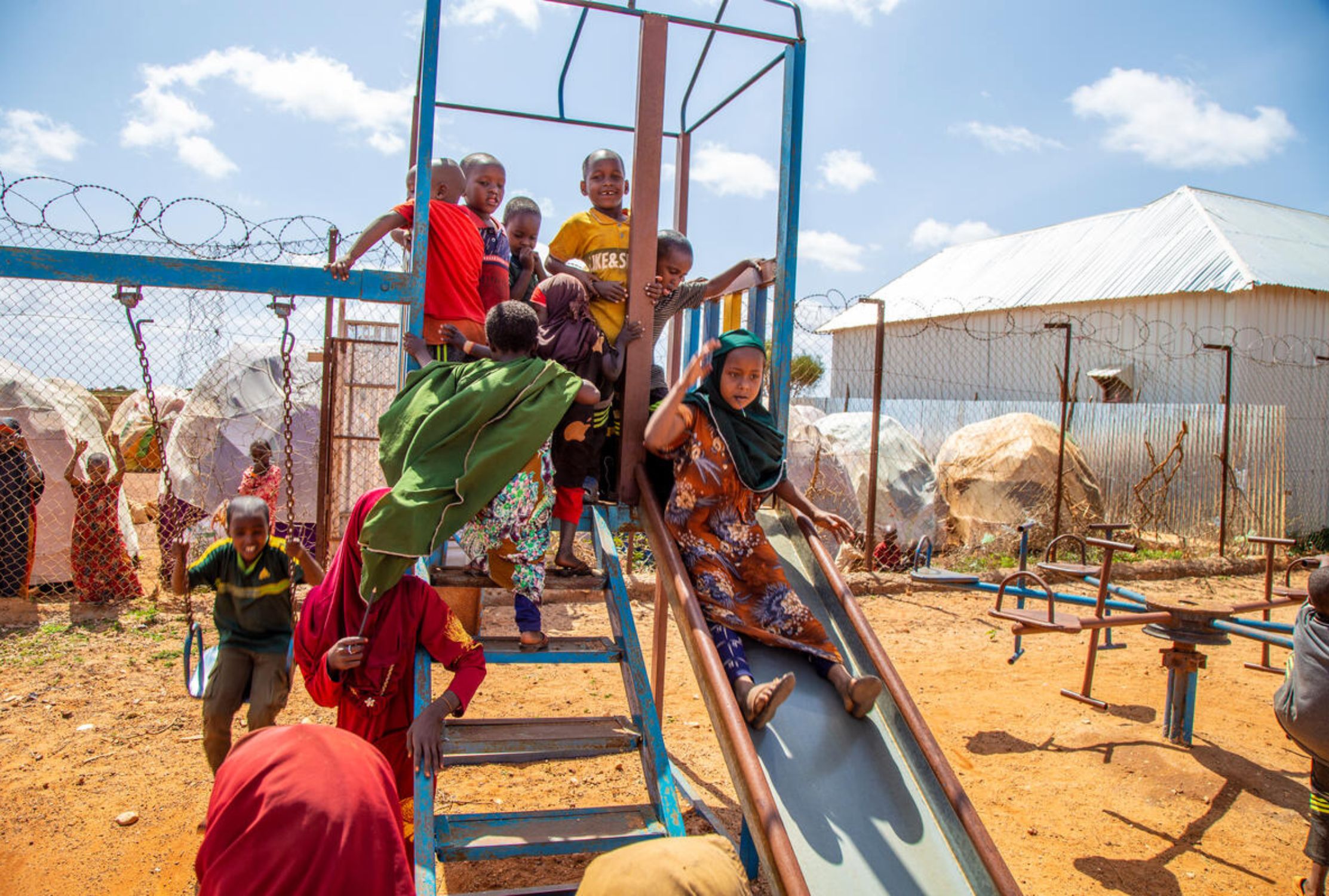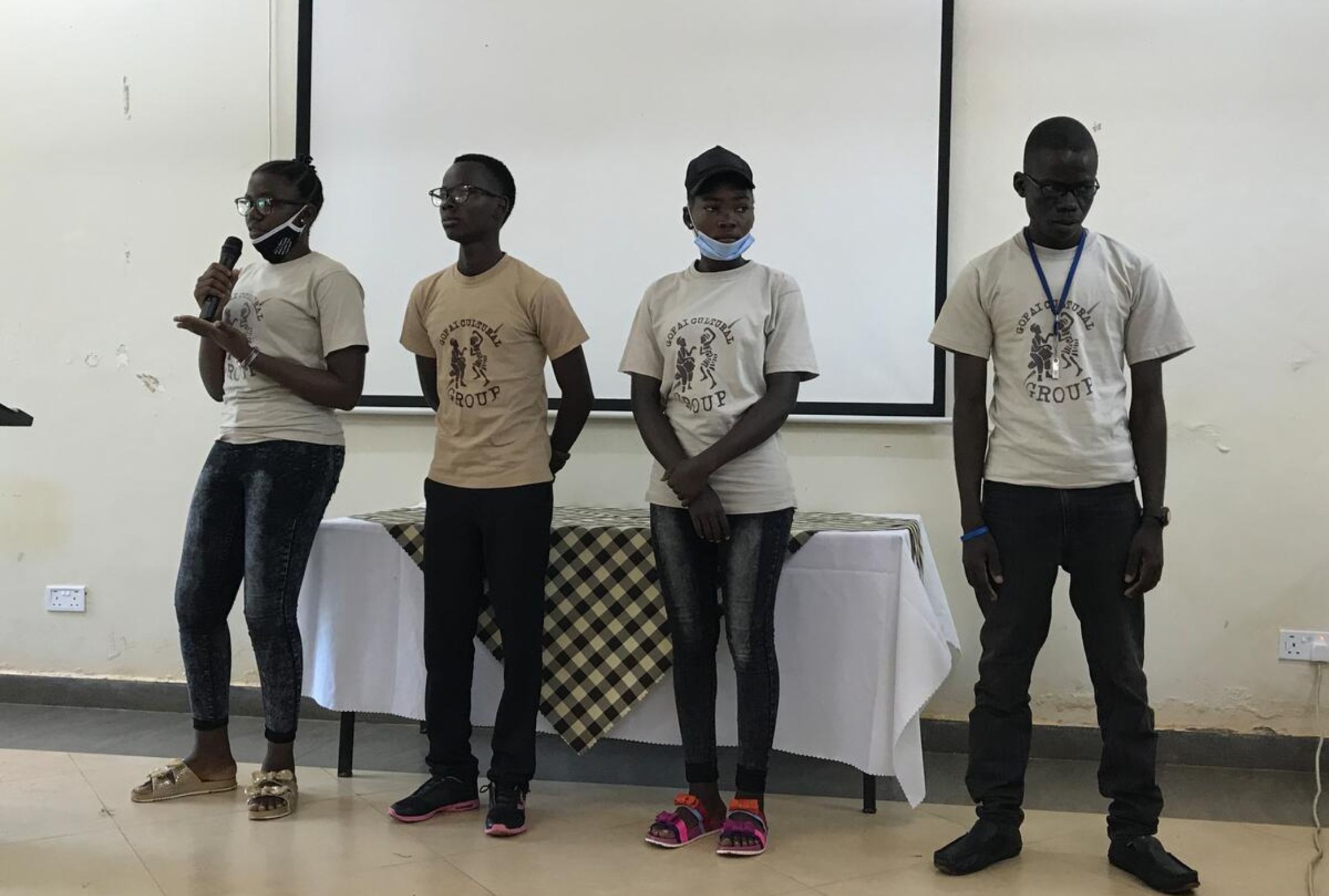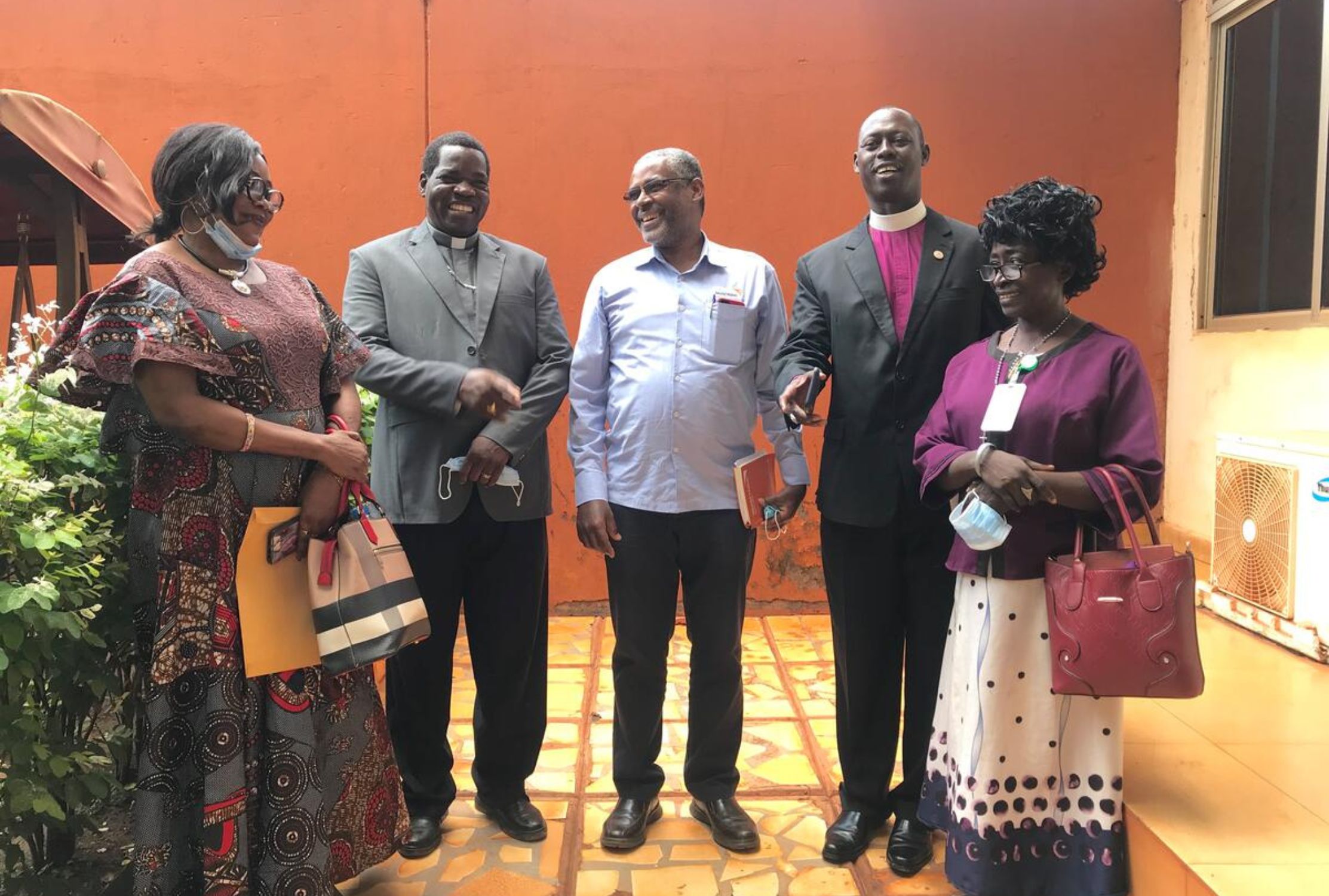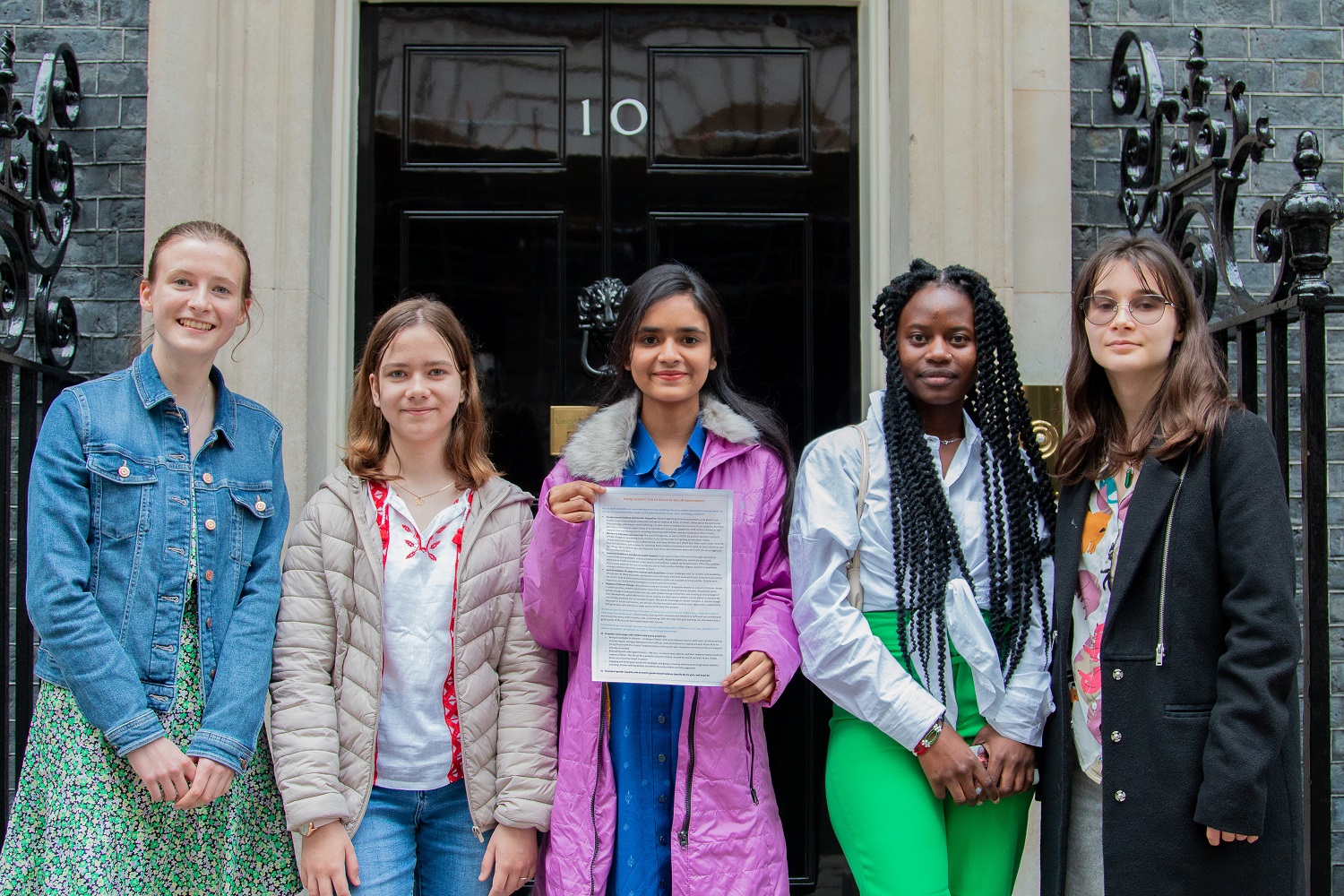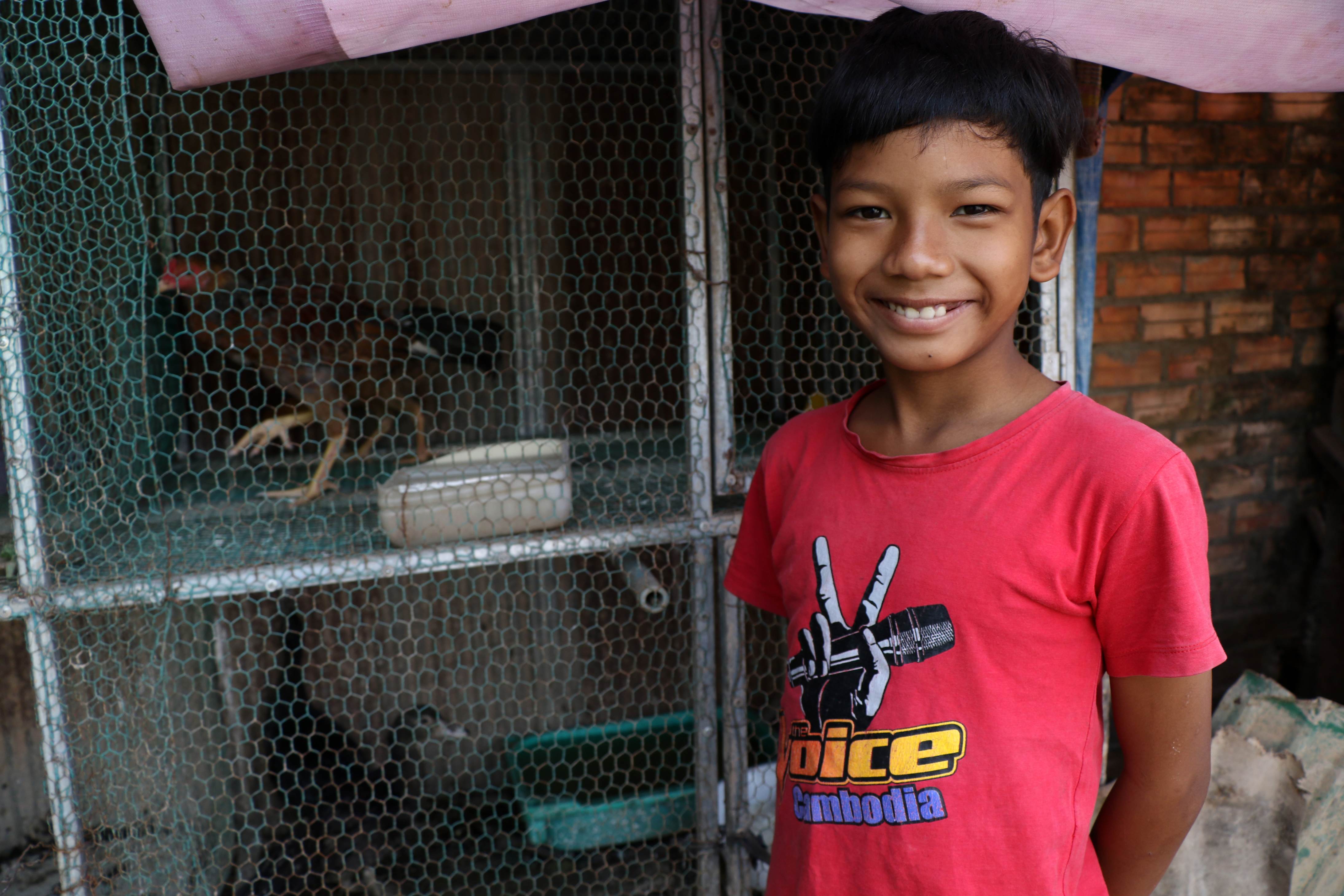Children are being exploited
Tens of thousands of girls and boys are currently used as child soldiers by armed groups around the world - as spies, messengers, in armed combat, or as ‘wives’ of fighters. Although many child soldiers are forcefully recruited, some children feel they have no choice but to get involved in armed conflict because of deeper reasons such as poverty, lack of opportunities, separation from parents or caregivers, and conflict itself. It’s often these desperate situations that can lead to child soldier recruitment.
The physical effects of being a child soldier are varied, but the main damage to children is often psychological. The horrors of armed conflict leave long-lasting psychological effects, such as post-traumatic stress disorder (PTSD) and severe personality changes, particularly when children have also been given drugs.
World Vision works to prevent children from being recruited into armed groups by strengthening child protection systems, promoting peacebuilding and increasing access to education and work opportunities for entire communities. With your support, we work with governments, civil society groups, other NGOs and community-based organisations, using our expertise and experience to better protect children and provide opportunities. For example, our faith helps us build connections with local faith leaders, and the church is often cited as a key resource for discouraging children from joining the armed forces and armed groups.

